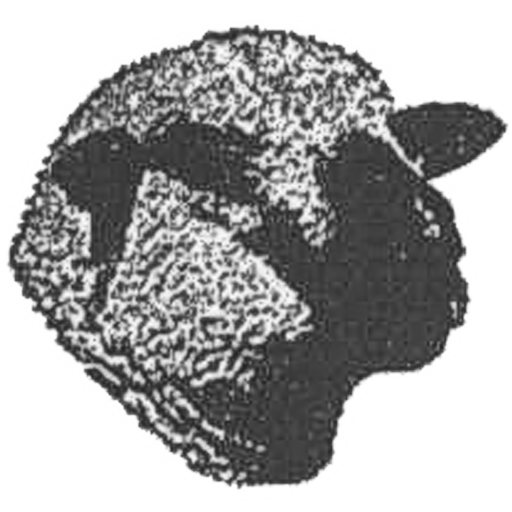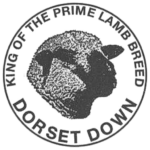History
In the 1980’s 43% of Britain’s ewe population was mated to a ram of a ‘Down’ breed but the introduction of well advertised foreign breeds meant the Dorset Down, in common with many traditional breeds, saw a reduction in demand and flock numbers.
However, the increasing market demand for “real food” and recent CAP reform, has meant that the Dorset Down has returned to the fore as the ideal solution for the production of premier quality lamb.
Its suitability to extensive, and organic farming systems has also driven demand for the breed, with record prices now being made at the Dorset Down Sheep Breeders’ Association’s Annual Breed Sale.
The Dorset Down Sheep Breeders Association was formed in 1905
The association still has a large number of members across the UK. The society holds an annual breed sale as well as providing an annual flock book for all its members with the inclusion of the pedigrees of all the society members’ flocks.
1800’s To Present
During the 1800’s the UK population increased, and the shift from rural to urban living put pressure on farmers to supply greater quantities of fresh meat. This change meant faster maturing and larger lambs were desired.
At this time MR Thomas Homer Saunders of Watercombe, near Dorchester in Dorset, England commenced his work selecting his largest ewes and rams for crossing to become the ‘Watercombe breed of improved Hampshire Downs’. At the time Mr William Humphrey of Chaddlesworth, near Newbury, Berkshire had selected some of the best Berkshire, Hampshire and Wiltshire ewes and crossed them with pure Southdown rams from the celebrated from of MR Jonas Webb.
After several years of careful breeding this created a sheep of similar class to that of Mr Thomas Homer Saunders which were known as the ‘West Country downs’, of which did outstandingly well at the Royal Agricultural Society Exhibitions and over a short space of time were integrated into the downland flocks of Dorset, where they became known as ‘Dorset Downs’.
Today Dorset Down Sheep have an important role across all aspects of sheep farming.


